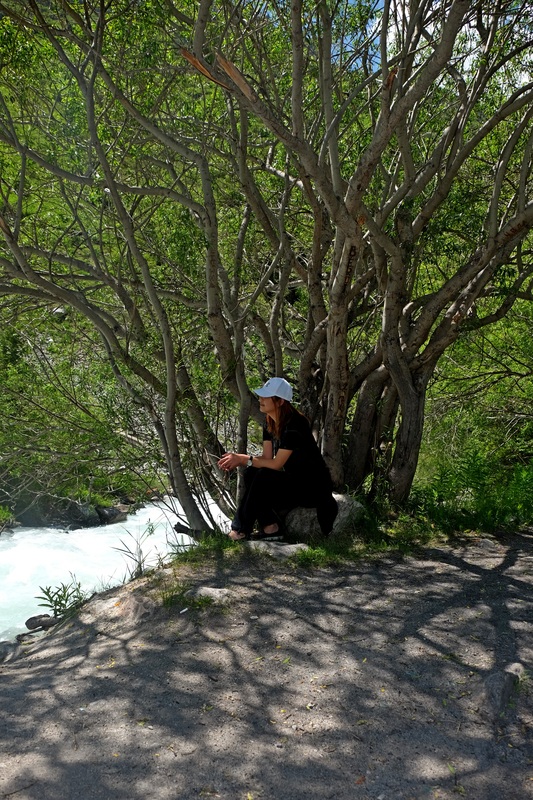T plus 34 - Bishkek, Issyk-kul and surroundings
One can be forgiven for asking "where is Kyrgyzstan?" or "Isn't it part of Kazakhstan?". And you'd be half right.
Until the turn of the 19th century, the Kyrgyz and Kazakh people were part of a collection of over 100 nomadic tribes which were at various points in time under the influence of the Huns, different Turkic empires and the Khans (yes, Genghis and sons).
Enter the Russians, who first offered "protection", then annexation, and eventually colonisation. In a relatively short span of time, the Russian crown had acquired vast swathes of land, and began to encroach on British interests in South Asia i.e. India, Pakistan, Afghanistan and other territories lying on either side of the Hindu Kush and Pamir mountain ranges. The cloak-and-dagger, cut-and-thrust manoeuvres by both imperial powers to exert influence and control over this region are today referred to as the Great Game by the Brits (and the West), or the Tournament of Shadows by the Russians.
Who won? Hard to say. Often what was lost is a lot more apparent than what was gained. The Anglo-Russian boundaries were formalised in 1907 and the region, or the Central Asian states as we know them today, were gradually transmogrified to adopt the persona prescribed by the Russian Empire and later the Soviet Union. By the 1920's, five new "states" had been invented - Kazakh, Kyrgyz, Tajik, Turkmen and Uzbek. Conscriptions started during the WW1 period, continued into WW2, and in between collectivisation (i.e. communistic farming) was more-or-less forced unto the Central Asian people, putting an end to their nomadic way of life.
This being said, some of the older generation refer to the Soviet era as the "golden age". And it is not without reason. Under Soviet rule, the region saw tremendous improvements in literacy rates, overall living standards, better infrastructure, a functioning legal system etc. On top of this, the indigenous languages of the Central Asian people were organised into literary forms using the Cyrillic alphabet.
This is why all the road names even today are in Cyrillic. Which makes it a nightmare for foreigners because the Cyrillic alphabet contains 33 letters and about half of them don't correspond to the roman alphabet we're familiar with. The Soviet influence is also why Russian is the lingua franca in Central Asia, and travelling becomes a lot easier if you pick up a few phrases. Otherwise good luck finding locals patient enough to play charades with.
Ok, history lesson over. Is there actually anything to do in Kyrgyzstan?
The answer is a qualified "yes". You have to come here with the right intentions, and for the right interests. Forget it if you're into ancient architecture, or ultra modern city landscapes. Kyrgyzstan is all about eco-tourism, and if it's mountains you're after, well, you'll have an incredible time. In my short time here, I saw an astounding variety of landscapes - from the alpine scenery of snow capped peaks to lush, rolling hills dotted with grazing horses and sheep. The three main lakes of Issyk-Kul (northeast), Song-kul (middle) and Chatyr-kul (south) offer stunning views and are sufficiently different to be individually fascinating.
Some photos from my walkabouts:
This scene was photographed in front of the Philharmonia which is colonised by youths in baggy pants, on skateboards and BMXes in the evenings.
I've found Kyrgyz people to be delightfully friendly, and ultra helpful. Never be afraid to ask, because you're more than likely to experience the extraordinary generosity people are capable of.










